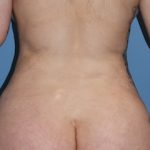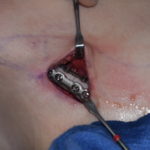Plastic Surgery Case Study – Female Middle Eastern Rhinoplasty
Background: Ethnic rhinoplasty is a term used to describe nasal reshaping surgery for specific type noses based on racial background or country(s) or origin. The Middle East is made up of a wide variety of countries and cultures whose nose shapes can be as varied as the collection of countries that make up the region. Read More…


